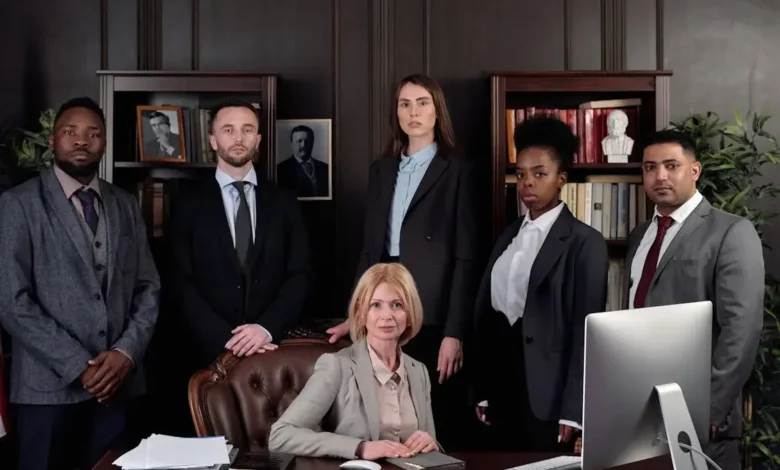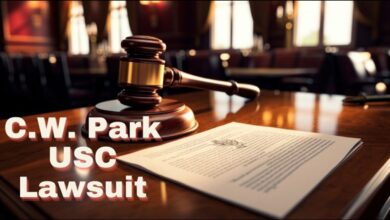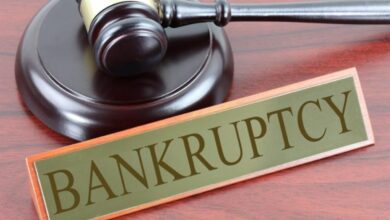The Intricate Process of Constructing a Robust Personal Injury Case

After an accident or injury, the road to rehabilitation can be difficult. Beyond the physical and emotional toll, navigating the legal complexities of a personal injury case adds another layer of challenge.
Central to this process is the construction of a robust legal case. A case that seeks both compensation and justice for the aggrieved party. In this article, we will dive into the intricacies of building such a case, exploring the key steps and considerations involved.
Hiring a Local Lawyer
Securing legal representation is the crucial first step in pursuing a personal injury case. According to TorHoerman Law, opting for a local lawyer brings a wealth of benefits due to their familiarity with the local legal landscape. Local attorneys possess in-depth knowledge of jurisdiction-specific laws and procedural requirements, which can significantly streamline the legal process.
This is particularly relevant in regions like Southern Illinois, where nuances in state and local laws can have a profound impact on case outcomes. Additionally, their established relationships with local judges, court personnel, and expert witnesses can provide a strategic advantage in advocating for the client’s interests.
By choosing a local lawyer, clients can ensure personalized attention, accessibility, and tailored legal strategies to meet the unique circumstances of their case.
In bustling towns like Edwardsville, a local lawyer is invaluable. The official website of the City of Edwardsville notes that a while back, the citizens of Edwardsville voted to downsize the City Council. This resulted in each of the city’s seven wards having only one alderman.
This decision was made in accordance with an Illinois law provision. An Edwardsville personal injury lawyer stays up-to-date with such nuances of local law and local court procedures, enhancing their ability to build robust cases. With a local network, they offer tailored strategies for optimal client outcomes.
Investigating the Incident
Building a solid personal injury case requires an extensive investigation. Developing a strong personal injury case starts with a comprehensive investigation. The incident’s details are thoroughly investigated by attorneys, who look for all available information. Every detail, from police reports to witness interviews and medical records, is carefully scrutinized to construct a complete account of the incident.
By employing skilled investigators and leveraging technological tools like accident reconstruction software, attorneys aim to uncover crucial details that strengthen their client’s positions. This diligent investigative process not only establishes the facts of the case but also lays the groundwork for compelling legal arguments.
Establishing Liability
According to LawInfo.com, demonstrating culpability is crucial for holding the responsible parties accountable for their actions. Attorneys utilize various legal strategies tailored to the specifics of each case to establish fault. For instance, in cases of slip and fall accidents, they may focus on demonstrating property owner negligence through the failure to maintain safe premises.
In motor vehicle accident cases, they might analyze traffic laws and witness testimonies to establish driver negligence. Attorneys try to create a direct connection between the plaintiff’s injuries and the defendant’s acts by putting up strong evidence and arguments.
Documenting Damages
Accurately documenting the damages incurred by the plaintiff is crucial for ensuring fair compensation. According to Yale University, claims cover physical and mental trauma inflicted on the body, including pain, suffering, defamation aftermath, and loss of life enjoyment. These involve both tangible and intangible injuries experienced by individuals.
Lawyers collaborate closely with economists, physicians, and other specialists to determine the complete amount of losses sustained by the plaintiff. This means figuring out financial losses like missing wages and medical expenses in addition to non-financial losses like pain and suffering.
By compiling comprehensive evidence and expert testimony, attorneys aim to provide a clear picture of the impact of the injury on the plaintiff’s life. This detailed documentation serves as a persuasive tool in negotiations and, if necessary, during trial proceedings.
Negotiation and Litigation
After thorough preparation, attorneys navigate the path of negotiation or litigation to seek justice for their clients. Forbes notes that around 95% of civil lawsuits reach settlement at some stage.
In settlement negotiations, they leverage the strength of their case and the evidence gathered to secure favorable terms. Attorneys strategically negotiate with opposing parties or insurers to secure settlements that fully compensate plaintiffs for their losses.
Nonetheless, lawyers are ready to go to trial if a fair settlement cannot be achieved. In order to convince the judge or jury, they fervently defend their client’s rights in court by providing strong facts and arguments. At every stage of the procedure, lawyers remain firm in their will to get the best result for their clients.
FAQs
What is the meaning of a personal injury claim?
A personal injury claim is filed by an individual harmed due to another party’s negligence or intentional actions, seeking legal recourse. It is a claim for damages, including lost wages, pain and suffering, and medical costs.
What do you mean by general damages in a personal injury lawsuit?
General damages in a personal injury case are non-economic losses that are difficult to quantify. This includes things such as loss of enjoyment of life, pain and suffering, and emotional distress. These damages aim to recompense for intangible harm suffered by the plaintiff.
What is the negotiation process?
The settlement negotiation process involves parties in a legal dispute attempting to reach a mutually acceptable resolution without having to go to trial. It typically includes exchanging settlement offers and counteroffers, assessing the strengths and weaknesses of each party’s case, and bargaining for a fair compensation amount.
In conclusion, constructing a robust personal injury case demands meticulous attention, strategic legal maneuvering, and unwavering dedication to justice. From selecting a local lawyer to investigating, establishing liability, documenting damages, and negotiating or litigating, each step is crucial.
By adopting these principles and expert guidance, individuals navigate the legal system confidently. This helps make sure that their voices are heard and losses are compensated. The journey toward restitution is a beacon of hope for those seeking closure.







